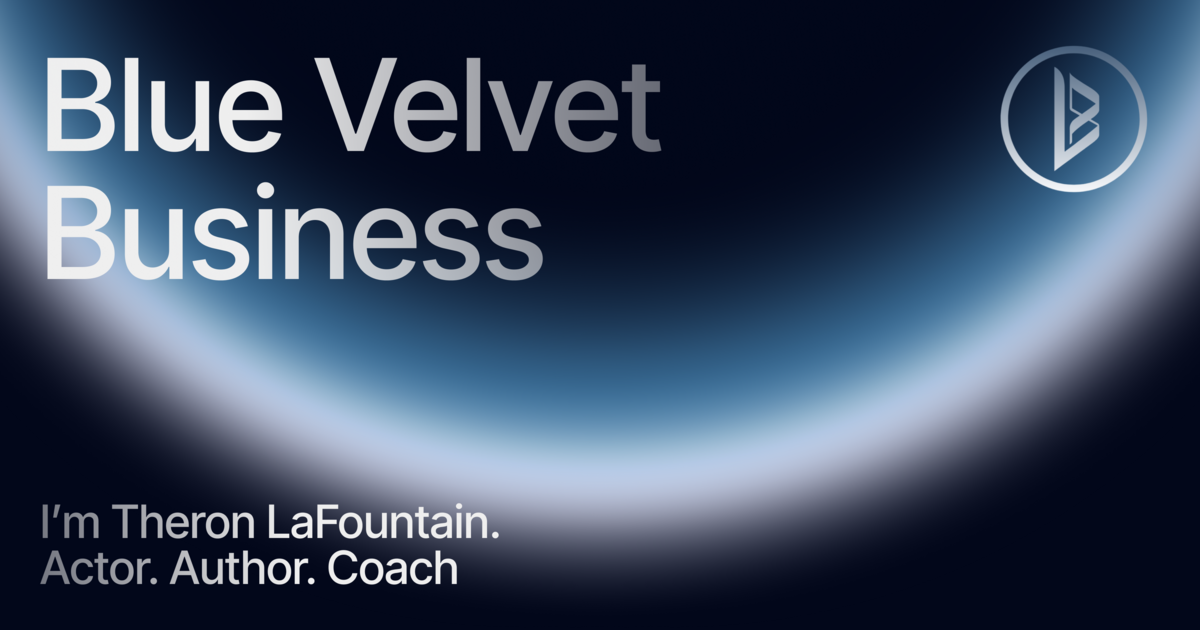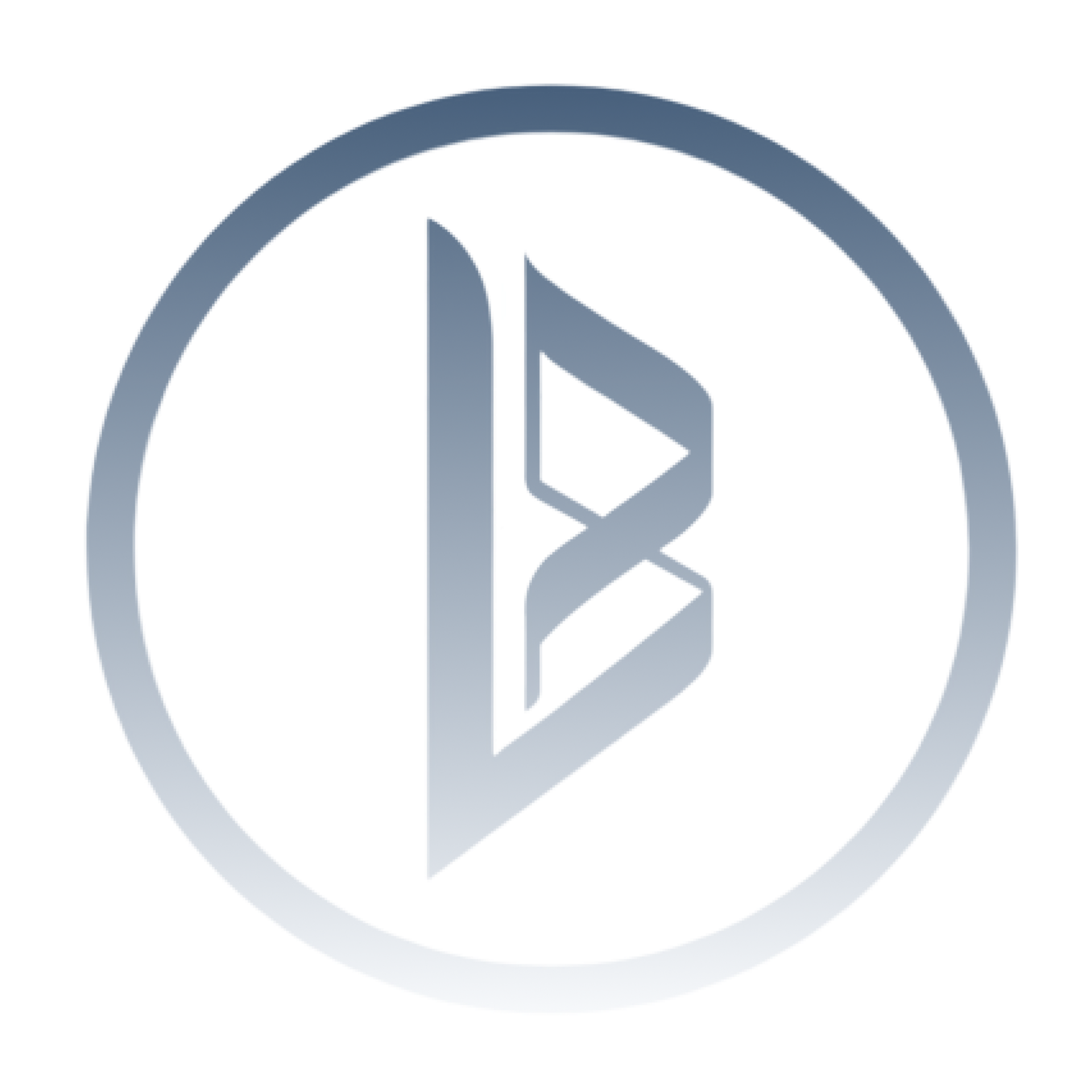You sit down to start your most important project. You’ve got coffee, clarity, and conviction.
Then—ping. Slack notification. Email preview. “Just a quick check” on LinkedIn.
Forty-five minutes later, you’ve done everything except the thing that mattered most.
Here’s the uncomfortable truth: you’re not bad at focus — your environment is built to steal it.
According to the University of California, Irvine, the average professional gets interrupted every 47 seconds and takes 23 minutes to refocus. That’s more than 20 hours of lost attention every week.
You’re not lazy. You’re competing against a billion-dollar distraction industry optimized to hijack your dopamine. But the game isn’t unwinnable.
You can’t delete every app or move to a cabin in the woods — but you can learn to outsmart the system.
That’s what this is: The Focus Formula.
A science-backed strategy to reclaim your time, protect your energy, and unlock the clarity to do your best work again.
Reality & Perspective — You Don’t Have a Time Problem. You Have an Attention Problem.
Let’s get brutally honest. You don’t need more hours in your day.
You need fewer leaks in your attention.
Every notification, tab, and half-open task taxes your brain’s limited supply of glucose — the fuel of focus.
When that fuel depletes, your willpower crashes, and you spiral into “reactive mode” — living off micro-hits of productivity dopamine (checking, responding, refreshing) that feel productive but accomplish nothing meaningful.
The data:
Multitaskers experience a 40% drop in productivity and double the error rate (Stanford University).
The average knowledge worker spends 65% of their day on reactive work — responding instead of creating (Asana Work Index).
Workers lose an estimated 31 hours a week to unplanned communication and digital noise (RescueTime 2024).
The result? Chronic cognitive fatigue. You feel busy but empty — exhausted without progress.
But here’s the shift: productivity isn’t about doing more. It’s about doing what matters most with full intensity.
Let’s break that down into a practical formula.
Focus Formula Part 1 — Protect Your Energy Gates
Forget time management. You’re managing mental gates — windows of cognitive energy that open and close throughout your day.
Every person has three gates:
Prime Energy (2–4 hours): peak creativity, deep problem-solving, strategic thinking.
Maintenance Energy (3–5 hours): meetings, collaboration, decision-making.
Residual Energy (the rest): admin, emails, logistics, low-focus tasks.
Identify your Prime Energy Window. For most people, it’s 8–11 AM or 9–12 PM.
During that time, do one high-impact task. No meetings. No Slack. No notifications.
If you don’t schedule your focus, someone else will.
Guard those hours like they’re million-dollar meetings with your future self — because they are.
Focus Formula Part 2 — The Two-Tab Rule
Every open tab is a fragment of attention your brain has to manage. Cognitive scientists call this the “open loop effect”— unfinished tasks that occupy mental space even when you’re not thinking about them.
Work with only two browser tabs at a time:
One for the task you’re doing
One for research or support material
Everything else goes to a “Later” list.
This simple constraint shuts down the illusion of multitasking and gives your brain the clean runway it needs for flow state.
Apply this rule beyond browsers — two active projects, two open conversations, two top priorities. Focus multiplies when you simplify.
Focus Formula Part 3 — The 90:30 Rhythm
Your brain isn’t built for marathon focus; it’s built for rhythmic focus.
According to ultradian rhythm research, we naturally operate in 90-minute cycles of peak energy, followed by 20–30 minutes of recovery.
Ignore that rhythm, and your productivity flatlines. Honor it, and your output doubles — without burnout.
Structure your day into 90:30 cycles.
90 minutes of deep, uninterrupted work
30 minutes of full disengagement — walk, stretch, hydrate, reset
This rhythm aligns your biology with your ambition. You’ll do more in three focused hours than most people do in eight distracted ones.
Focus Formula Part 4 — Build a Digital Gatekeeper
If your phone is within arm’s reach, your focus drops by 20%, even if it’s off. (University of Chicago Booth School of Business, 2023).
Your environment is stronger than your willpower.
So build systems that make distraction impossible.
Create a Focus Zone — no phone, no pop-ups, no notifications.
Use app blockers like Freedom, Opal, or Cold Turkey.
Wear noise-canceling headphones as a psychological cue that you’re in deep work mode.
Light a candle, put on the same playlist, close the same tabs. Train your brain to associate the setup with “go time.”
Focus is less about discipline and more about design.
Focus Formula Part 5 — Master the Re-entry Ritual
Most people end their day reactively — closing their laptop mid-chaos. That’s like leaving your office every night with papers flying off the desk.
End every day with a 5-minute shutdown ritual:
Write your top three priorities for tomorrow.
Close every open tab and app.
Tidy your workspace.
This micro-habit signals completion to your brain, reducing stress and allowing true rest. Harvard Business Review found that a simple “end-of-day reflection” routine reduces next-day anxiety by 31% and improves decision clarity by 25%.
You don’t rest well when your brain’s still holding open loops.
You rest well when you’ve closed them with intention.
The Reclaimed Hours — The Compound Effect of Focus
Let’s quantify this.
If you reclaim just 2 hours a day from distraction:
That’s 10 hours a week → 520 hours a year → Equal to 13 extra workweeks of pure creative output
You could write a book, launch a product, or learn a new skill in that time — all without adding a single extra hour to your week.
Focus is no longer just productivity. It’s strategy.
Attention Is the New Leverage
The modern economy doesn’t reward the busiest. It rewards the most focused.
In a world drowning in distraction, attention has become the ultimate competitive advantage. Reclaiming it isn’t about discipline — it’s about system design, energy awareness, and daily rhythm.
The Focus Formula isn’t a productivity hack; it’s a survival strategy for high-performance professionals who refuse to trade depth for dopamine.
So, here’s your challenge:
Tomorrow morning, block 90 minutes → Silence everything → Close the tabs → Do one meaningful thing — with your full, unbroken attention.
Do that daily, and in six months, you won’t just feel more focused — you’ll be unrecognizable.
Because the secret to doing more isn’t doing more.
It’s learning to do less — with total presence.





